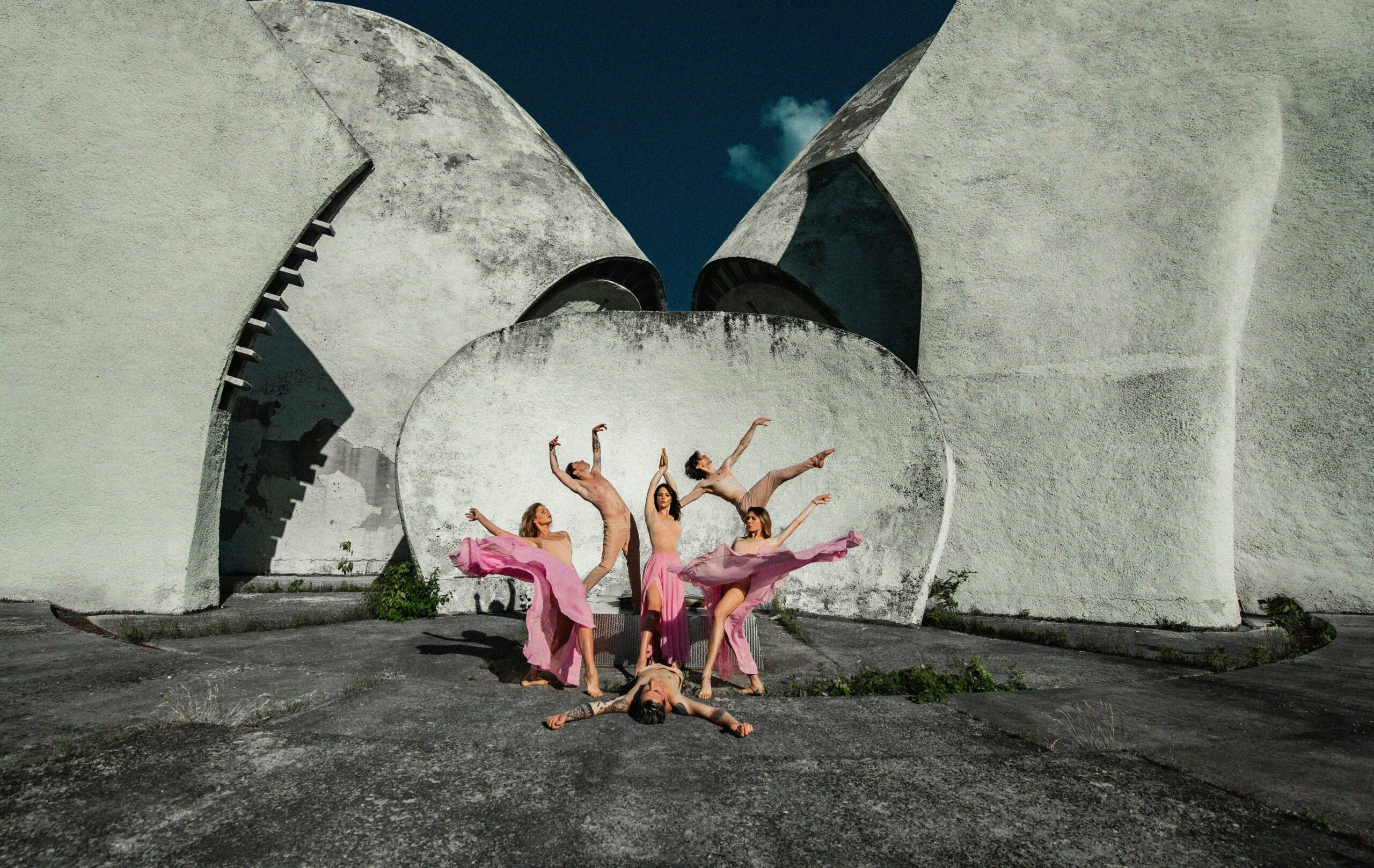Introduction:
Choreography is an art form that blends creativity, physicality, and storytelling. However, like any art form, it’s susceptible to myths and misconceptions that can hinder artistic expression and growth. In this blog, we’ll explore and debunk four common myths about choreography: the belief that more movements is better, the idea that tricks are all people care about, the misconception that facing front is the most important facing, and the notion that fast and slow are the most important energies. Let’s dive in and unravel these myths to uncover the truth behind effective choreography.
Myth 1: More Movements is Better
One prevalent myth in choreography is the notion that a routine filled with a multitude of movements is superior to a simpler, more focused composition. While it’s tempting to cram a routine with as many steps and sequences as possible, quality should always prevail over quantity. Choreography should serve the purpose of conveying a message, evoking emotions, or telling a story. Too many movements can overwhelm the audience and dilute the impact of the performance.
The Reality:
Effective choreography prioritizes intentionality and coherence over sheer volume. Each movement should serve a purpose and contribute to the overall narrative or theme of the piece. By strategically selecting movements that complement one another and align with the intended message, choreographers can create a more engaging and memorable experience for both performers and spectators.
Myth 2: Tricks Are All People Care About
In today’s dance landscape, there’s a prevailing belief that flashy tricks and acrobatic feats are the key to capturing an audience’s attention. While impressive tricks can certainly add excitement to a performance, they should not overshadow the fundamental elements of choreography such as musicality, storytelling, and emotional expression.
The Reality:
Tricks should be integrated thoughtfully into choreography as tools to enhance rather than dominate the overall composition. A well-executed trick can serve as a powerful punctuation mark within a routine, but it’s essential to strike a balance and ensure that the choreography remains cohesive and expressive. Ultimately, it’s the artistry and creativity of the choreographer that leave a lasting impression on the audience, not just the technical prowess of the performers.
Myth 3: Facing Front is the Most Important Facing
Another common misconception in choreography is the belief that facing front is always the most effective orientation for performers. While facing front can facilitate clarity and communication with the audience, it shouldn’t be the default positioning for every moment within a routine. Choreographers should explore various facings and spatial arrangements to create dynamic compositions that engage viewers from multiple perspectives.
The Reality:
Effective choreography utilizes facings strategically to enhance visual interest and convey meaning. Experimenting with different angles, formations, and directions can add depth and dimension to a performance, allowing performers to explore the space fully and interact with one another in compelling ways. By embracing versatility in facings, choreographers can create more visually dynamic and immersive experiences for both performers and audiences.
Myth 4: Fast and Slow Are the Most Important Energies
There’s a common misconception that choreography must constantly alternate between fast and slow movements to maintain audience engagement and momentum. While contrast in energy is indeed valuable in creating dynamic tension and rhythm within a routine, it’s not the sole determinant of its effectiveness.
The Reality:
Effective choreography encompasses a diverse range of energies, including but not limited to fast and slow. By incorporating variations in tempo, intensity, and dynamics, choreographers can create a rich tapestry of movement that captivates and resonates with viewers on a visceral level. Whether it’s the explosive power of a fast-paced sequence or the poignant beauty of a slow, sustained gesture, each energy has its place within the choreographic palette and contributes to the overall impact of the performance.
Conclusion:
Choreography is a multifaceted art form that defies simplistic categorizations and prescriptions. By debunking common myths and embracing a more nuanced understanding of movement, tricks, facings, and energies, choreographers can elevate their craft and unlock new realms of artistic possibility. Let’s celebrate the diversity and richness of choreographic expression, embracing innovation, experimentation, and creativity as we continue to push the boundaries of what dance can be.

